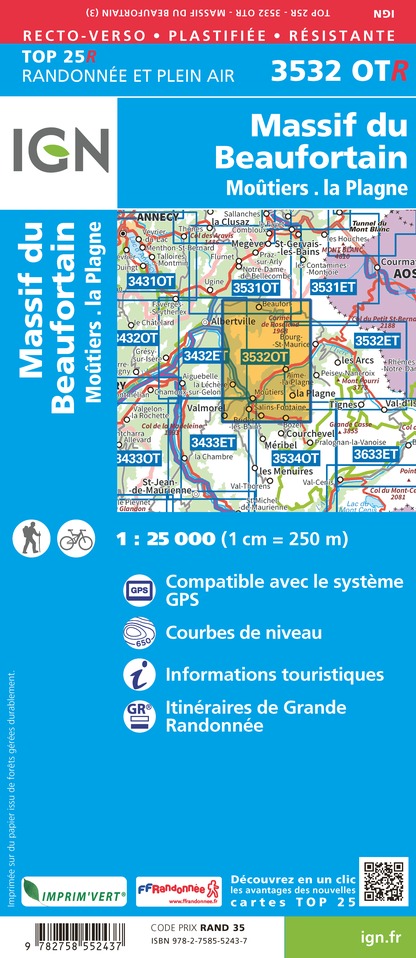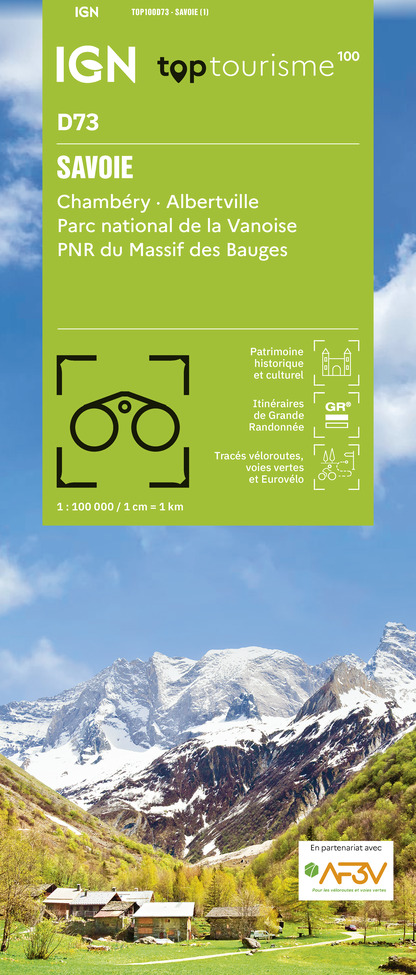Alert
Alerts
Hamlet of Villarnard




Description
Located in the delegated municipality of La Perrière, which has been part of the municipality of Courchevel since 2017, the hamlet lies on the northern slope 1000 metres above sea level, surrounded by a variety of landscapes. Huddled in the midst of a plateau, its vernacular architecture bears witness to the art of “traditional building”. The hamlet has largely succeeded in protecting itself from the ravages of poorly conceived renovations; many of its buildings are still in their original state, coming into view as you turn down an alleyway, their walls free of bituminous cladding. The village has kept all its heritage features intact, witnesses to the community life of days gone by: its Saint Roch and Saint Bernard Chapel, bread oven, covered washhouse, bachals (communal water troughs) and former school, which now houses the Maison du Patrimoine (Heritage Centre). The hamlet’s name derives from the word “Villard” or “Villaret”, which originally meant a small property, detached from a larger one in the 5th century, and the name of its first owner. In bygone days, Saint Roch, one of the hamlet’s protectors, was invoked against epidemics, the black death in particular. His feast day falls on 16 August.The former school, which fell out of use in the 1950s, was renovated by members of the “Le Patrimoine de Villarnard” (Villarnard’s Heritage) Association. It has become the Maison du Patrimoine and houses a museum that acquaints you with men’s and women’s lives and professions and their children’s schooldays in a mountain environment. The museum is documented by a wide range of works complied and published by the Association’s members and bearing witness to life in times past; it even exhibits a selection of the tools employed in bygone days. If you’d like to learn more on the subject, the works in question are available for sale.The Heritage Museum is opened periodically by members of the association during July and August, and on Heritage Days.Unaccompanied visits.Admission free.
Technical Information
Altimetric profile
IGN cards











Data author
